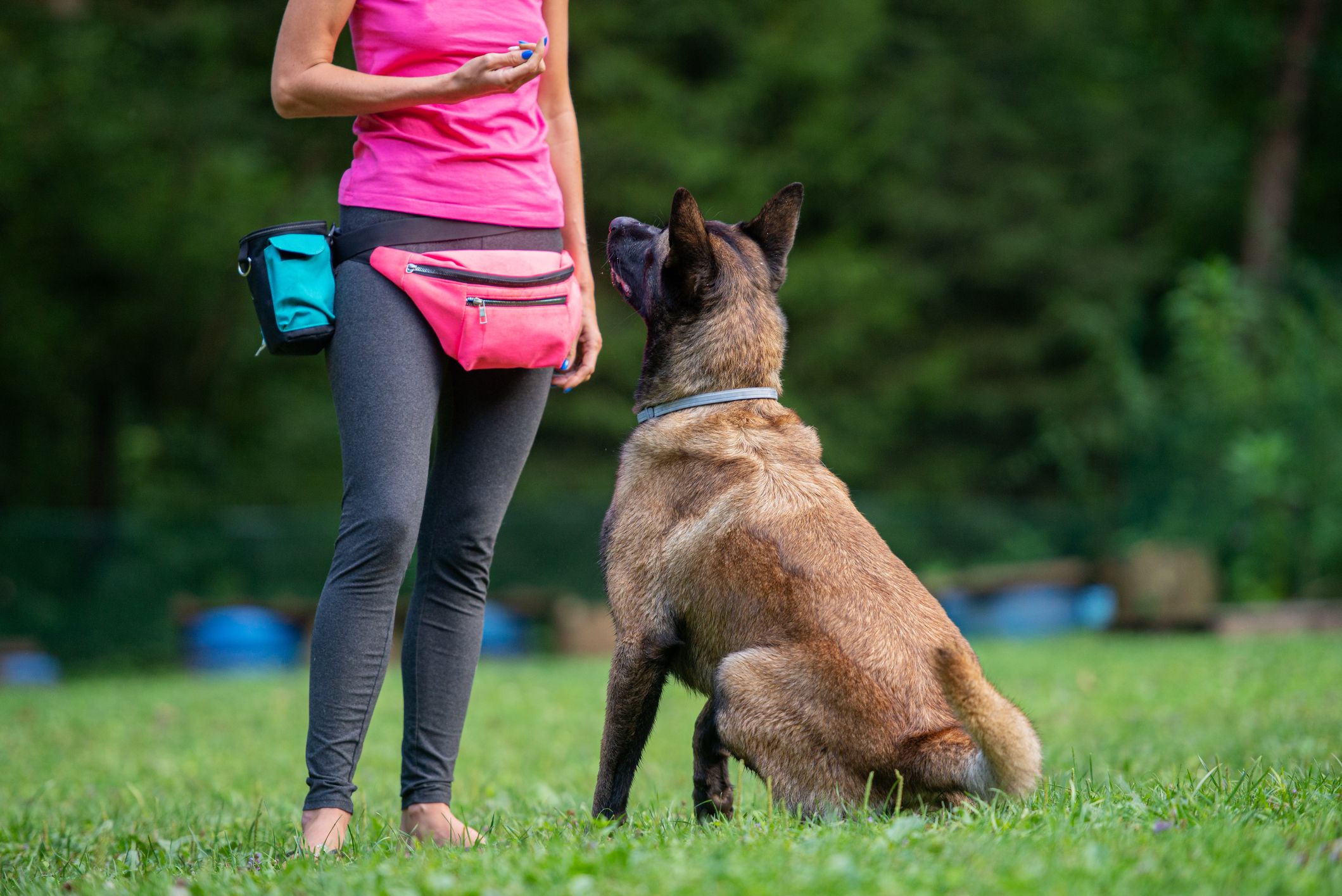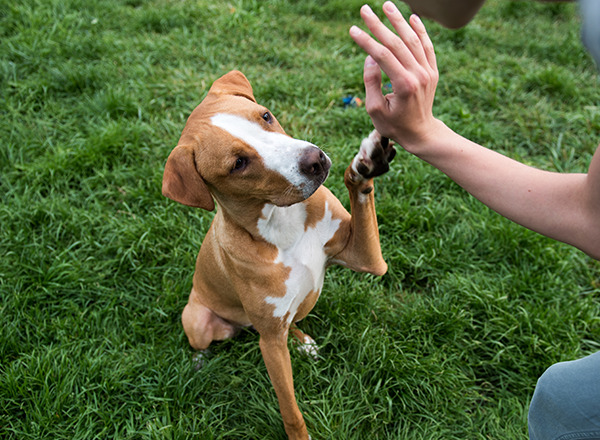How Dog Training Can Improve Your Pet's Quality of Life and Behavior
Leading Canine Educating Techniques Every Owner Should Know

Favorable Support Methods
Using positive reinforcement techniques is vital for efficient pet dog training, as it cultivates a relying on bond in between the pet dog and the trainer. This technique focuses on satisfying preferable actions rather than penalizing undesirable ones, producing an atmosphere helpful to discovering. Incentives can consist of deals with, praise, or play, which motivate pet dogs to repeat the behaviors that gain them these incentives.

In addition, this approach improves the dog's interest for training sessions. They are much more engaged and responsive when canines connect training with favorable experiences. Dog training. Beyond instant therapy, favorable reinforcement encourages a collaborative partnership in between the pet and instructor, lowering stress and anxiety and worry
To make the most of efficiency, it is critical to deliver incentives immediately, making certain the pet dog connects the habits with the support. Basically, positive reinforcement methods not just generate better-trained pet dogs however likewise promote a harmonious partnership between dog and proprietor.
Remote Control Training Approach
The remote control training approach is a very reliable strategy that builds on the concepts of favorable support by including a distinct sound to mark preferred habits. This approach makes use of a small portable gadget that generates a clicking sound, allowing fitness instructors to communicate with their canines in a clear and prompt way. When a canine does an actions that the owner wants to encourage, the remote control is triggered, followed by a reward, normally in the type of deals with or praise.
The key to successful clicker training lies in uniformity and timing. It is vital to click at the specific minute the wanted habits happens, making certain that the pet links the noise with the action and the subsequent reward. This approach not just improves interaction however likewise fosters a more powerful bond in between the proprietor and the pet dog, as it urges involvement and communication throughout training sessions.
Clicker training can be applied to a selection of actions and commands, from basic obedience to more complex methods. Its adaptability and performance make it a preferred technique among expert instructors and pet dog owners alike, leading the way for a responsive and trained canine buddy.
Chain Training Essentials
Reliable leash training is essential for ensuring a pleasurable and risk-free walking experience for both dogs and their proprietors. Dog training. Leash training must start early and be come close to with perseverance and consistency. Begin by picking a suitable leash and collar or harness. A level collar may help some dogs, while others may profit from a harness that lowers pulling.
Introduce your dog to the leash gradually, enabling them to explore it in a comfortable atmosphere. This entails fulfilling your canine for walking beside you instead than pulling in advance.
If your pet dog original site starts to draw, stop walking immediately. about his In addition, technique various walking settings to assist your canine adapt to disturbances.
Regular practice will certainly solidify your dog's understanding of chain rules. Keep in mind that chain training is a continuous process; perseverance and consistency will certainly produce the very best outcomes, cultivating a positive experience for both you and your canine friend.
Socialization Methods
Socialization is an essential facet of pet dog training that ought to preferably begin throughout puppyhood but can be beneficial at any kind of age. Efficient socializing assists dogs create confidence and minimizes the possibility of behavioral issues. To carry out successful socialization approaches, subject your pet dog to a variety of settings, individuals, and other animals.
Beginning with regulated setups, such as pup classes or arranged playgroups, where young pet dogs can interact securely. Progressively introduce your dog to new experiences, including various sounds, surfaces, and activities. Make sure these encounters are favorable and rewarding to develop a complacency.
For adult canines or those doing not have direct exposure, start with low-stress scenarios. Short, positive interactions with pleasant people and tranquil pets can develop positive associations. Utilize deals with and appreciation to enhance desirable behaviors during these experiences.

Consistency and Patience
Recognizing the relevance of uniformity and patience in pet dog training is important for attaining long lasting results. Inconsistent training can lead to confusion, making it hard for the canine to grasp actions or commands, eventually browse this site preventing development.
In addition, patience is an important component of efficient training. Pets, like humans, learn at their own speed. Some might grasp ideas swiftly, while others could take longer. It is important for owners to stay helpful and calm, strengthening favorable actions without turning to aggravation or penalty. This fosters a relying on relationship in between the canine and proprietor, motivating an extra eager and passionate student.
To grow consistency and perseverance, develop a routine training routine, utilize the same commands, and guarantee that all relative apply the same training principles - Dog training. By doing so, you develop a secure atmosphere for discovering, allowing your dog to create and prosper into a well-behaved companion
Conclusion
Finally, reliable pet dog training methods, such as positive support, remote control training, and appropriate leash training, are necessary for promoting a healthy owner-dog partnership. In addition, carrying out socialization strategies and keeping consistency and perseverance throughout the training procedure contributes considerably to a pet dog's total wellness. By incorporating these approaches, pet dog owners can help with the growth of well-adjusted, obedient family pets, ultimately boosting the high quality of life for both the dog and the proprietor.
Among the most noticeable methods are favorable reinforcement, remote control training, and leash training, each offering special benefits that contribute to a mannerly canine. As we discover these fundamental approaches, it ends up being noticeable that mastering their subtleties can dramatically affect the training experience and the pet's general actions.Utilizing favorable support methods is important for reliable dog training, as it promotes a relying on bond in between the pet dog and the instructor.In conclusion, efficient pet training techniques, such as favorable support, remote control training, and correct leash training, are vital for cultivating a healthy and balanced owner-dog connection. By incorporating these methods, dog owners can assist in the growth of well-adjusted, loyal pets, eventually improving the high quality of life for both the proprietor and the dog.